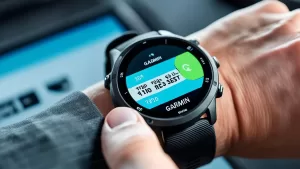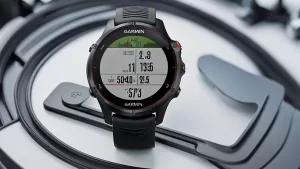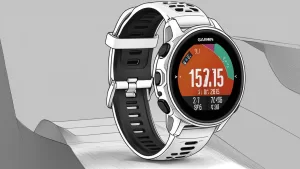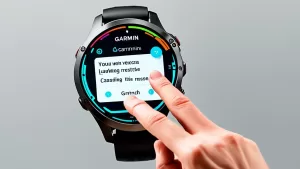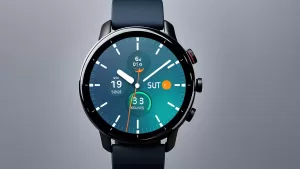Have you ever questioned the accuracy of your Samsung Galaxy Watch 4’s heart rate monitoring? Do you find yourself wondering if there’s a way to troubleshoot the heart rate monitor problem and achieve more accurate results?
The accuracy of heart rate monitoring on the Samsung Galaxy Watch 4 can be affected by various factors such as environmental conditions, skin condition, activity performed, and device settings. But fear not! There are steps you can take to ensure more accurate heart rate tracking.
In this article, we will guide you through troubleshooting steps and provide tips on how to obtain accurate heart rate measurements on your Samsung Galaxy Watch 4. From wearing the watch properly to adjusting settings, we have got you covered. Let’s dive in and discover the solutions to your heart rate monitoring woes.
Key Takeaways:
- Various factors can affect the accuracy of heart rate monitoring on the Samsung Galaxy Watch 4.
- Wearing the watch properly and keeping the heart rate sensor clean are important for accurate measurements.
- Troubleshooting steps, such as checking for software updates and adjusting watch fit, can help resolve inaccuracies.
- Continuous heart rate monitoring and heart rate alerts are valuable features of the Galaxy Watch 4.
- Heart rate trends can provide insights into cardiovascular health and performance.
Tips for Accurate Heart Rate Measurements on Galaxy Watch 4
To obtain accurate heart rate measurements on your Samsung Galaxy Watch 4, it is important to follow these tips:
1. Take a Brief Break
Before measuring your heart rate during a workout, it is recommended to take a brief break. This allows your heart rate to stabilize, resulting in more accurate measurements.
2. Be Seated and Relaxed
When measuring your heart rate, make sure you are seated and relaxed. Avoid taking measurements while in motion, as this can affect the accuracy of the readings.
3. Wear the Watch Properly
Ensure that you are wearing the watch properly on your wrist. It should be snug above the wrist bone, allowing for optimal heart rate detection. Improper placement can lead to inaccurate readings.
4. Repeat Measurements
If you are consistently getting incorrect heart rate readings, try repeating the measurements multiple times. This can help improve accuracy.
By following these tips, you can achieve more accurate heart rate measurements with your Samsung Galaxy Watch 4.
Troubleshooting Heart Rate Monitoring Issues on Galaxy Watch 4
If the heart rate monitor on your Samsung Galaxy Watch 4 is not working properly, there are a few troubleshooting steps you can take to resolve the issue. Follow these solutions to improve the accuracy and functionality of your heart rate monitoring:
1. Remove Protective Plastic and Clean the Sensor
Make sure you have removed any protective plastic covering the heart rate measurement sensor on the back of your watch. This can interfere with the sensor’s ability to accurately track your heart rate. Additionally, wipe the sensor clean using a soft cloth to remove any dirt or debris that may be obstructing it.
2. Adjust the Position of the Watch
The position of your Galaxy Watch 4 on your wrist can impact the accuracy of the heart rate readings. Ensure that the watch is worn snugly above the wrist bone for optimal results. Adjusting the fit may help improve the sensor’s ability to track your heart rate.
3. Check for Software Updates
Regular software updates are released to improve the functionality and performance of the Galaxy Watch 4. Check if there are any available updates for your watch and install them. Software updates often include bug fixes and enhancements that could address heart rate monitoring issues.
4. Unpair and Re-pair the Watch
In some cases, unpairing and re-pairing your Galaxy Watch 4 with your phone can help resolve heart rate monitoring issues. First, unpair the watch from your phone’s Bluetooth settings. Then, follow the instructions to pair the watch again. This can refresh the connection between the devices and potentially resolve any connectivity-related issues.
5. Factory Reset the Watch
If all else fails, you can perform a factory reset on your Galaxy Watch 4 as a last resort. Keep in mind that this will erase all data and settings on the watch, so make sure to back up any important information beforehand. A factory reset can help resolve persistent heart rate monitoring issues by restoring the watch to its default settings.
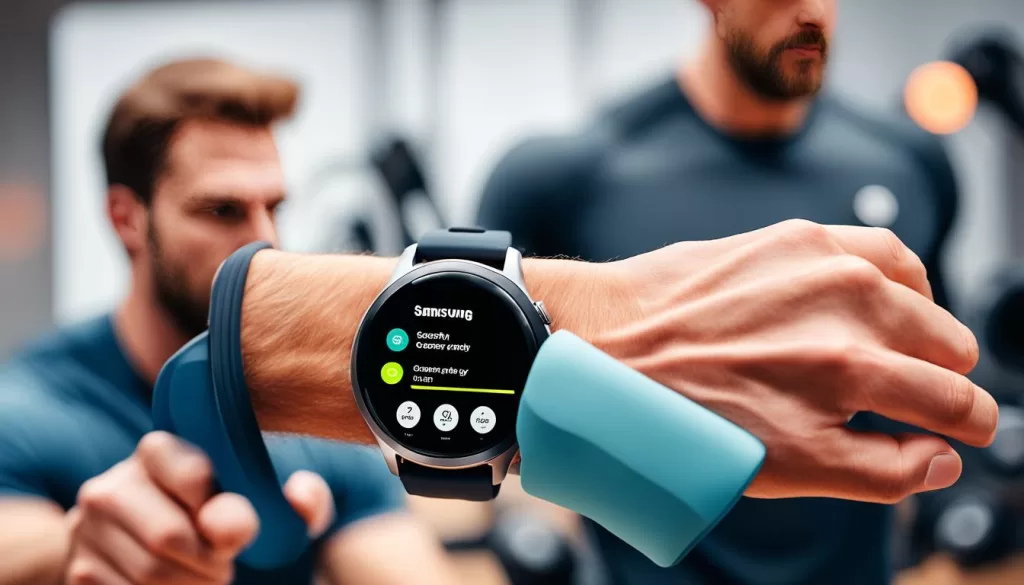
Continuous Heart Rate Monitoring on Galaxy Watch 4
The Samsung Galaxy Watch 4 offers continuous heart rate monitoring, allowing you to track your heart rate at all times. This feature is especially useful for individuals who want to monitor their heart rate throughout the day and during various activities. To enable continuous heart rate monitoring on your Galaxy Watch 4, follow these simple steps:
- Open the Samsung Health app on your watch.
- Navigate to the heart rate settings.
- Select the desired measurement option for continuous heart rate monitoring.
By enabling continuous heart rate monitoring, you can gain valuable insights into your heart rate patterns and make informed decisions about your cardiovascular health. Whether you’re exercising, resting, or going about your daily routine, the Galaxy Watch 4 will continuously track your heart rate and provide you with real-time information.
Heart Rate Alerts on Galaxy Watch 4
The Galaxy Watch 4 offers a helpful feature that allows you to set up heart rate alerts. These alerts notify you if your heart rate exceeds a certain level for a specific duration, helping you stay aware of any potential issues during rest or physical activity. To configure heart rate alerts on your Galaxy Watch 4, simply follow these steps:
Step 1: Access Heart Rate Settings
Navigate to the heart rate settings on your Galaxy Watch 4. You can easily find this option in the settings menu of your watch.
Step 2: Enable Heart Rate Alerts
Once you’re in the heart rate settings, enable the heart rate alerts feature by toggling the appropriate option. This will activate the alerts and allow you to customize the parameters according to your preferences.
Step 3: Customize Alert Thresholds
Configure the alert thresholds based on your desired heart rate levels. You can set the upper limit and duration for the alert to trigger. This way, you’ll receive a notification whenever your heart rate exceeds the specified limits for the defined period.
By setting up heart rate alerts on your Galaxy Watch 4, you can proactively monitor your heart rate and take necessary actions when needed. This feature serves as a valuable tool for individuals concerned about maintaining a safe heart rate during various activities and rest periods.
Remember, if you experience any issues with heart rate monitoring on your Galaxy Watch 4, be sure to troubleshoot using the solutions provided in the previous sections.
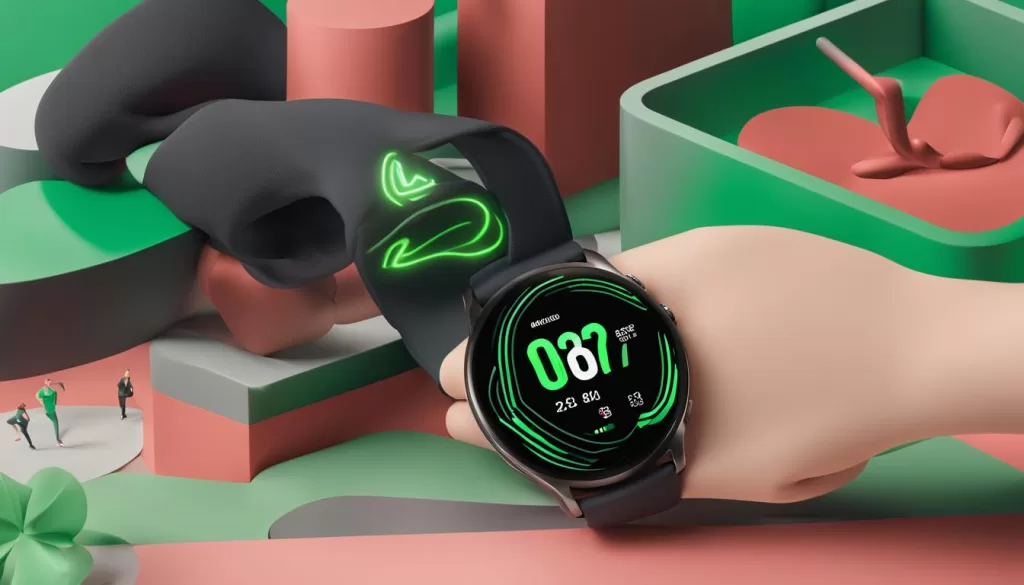
Viewing Heart Rate Trends on Galaxy Watch 4
The Samsung Galaxy Watch 4 offers a valuable feature that allows you to view your heart rate trends over time. This functionality allows you to identify patterns and gain insights into your cardiovascular health, ultimately helping you enhance your performance.
You can access your heart rate trends in two convenient ways: through the Samsung Health app on your connected phone or directly on the watch itself. This flexibility ensures that you can monitor your heart rate data whenever and wherever it’s most convenient for you.
By reviewing your heart rate trends, you can gain a deeper understanding of your heart rate variability and potential areas for improvement. Whether you’re an athlete tracking your training progress or someone focused on maintaining a healthy lifestyle, this feature can provide valuable information to support your goals.
To make the most of this feature, open the Samsung Health app on your connected phone or navigate to the heart rate section on the watch. Take your time to analyze your heart rate trends, noting any fluctuations or patterns that may arise. This information can help you make informed decisions about your exercise routine, stress management, and overall well-being.
Remember, consistently monitoring your heart rate trends can lead to a better understanding of your body and its response to various activities. Use this information to optimize your workouts, track your progress, and make well-informed decisions about your health and fitness journey.
Troubleshooting Sleep Tracking Issues on Galaxy Watch 4
Some users have reported issues with sleep tracking on the Samsung Galaxy Watch 4, particularly related to heart rate monitoring not working properly. If you’re experiencing this problem, there are a couple of steps you can take to troubleshoot the issue.
First, try enabling background activity for sleep tracking in the Galaxy Wearable app on your connected phone. This setting ensures that sleep tracking, heart rate monitoring, and vibration alerts function correctly while you sleep.
If enabling background activity doesn’t solve the problem, you can attempt to reset your watch and reinstall the Sleep as Android app. This will give your device a fresh start and may resolve any compatibility issues or software glitches that could be affecting sleep tracking and heart rate monitoring on your Galaxy Watch 4.
